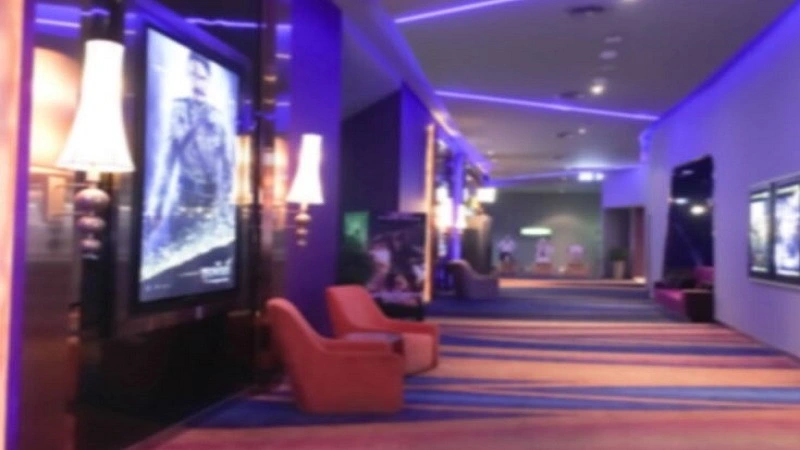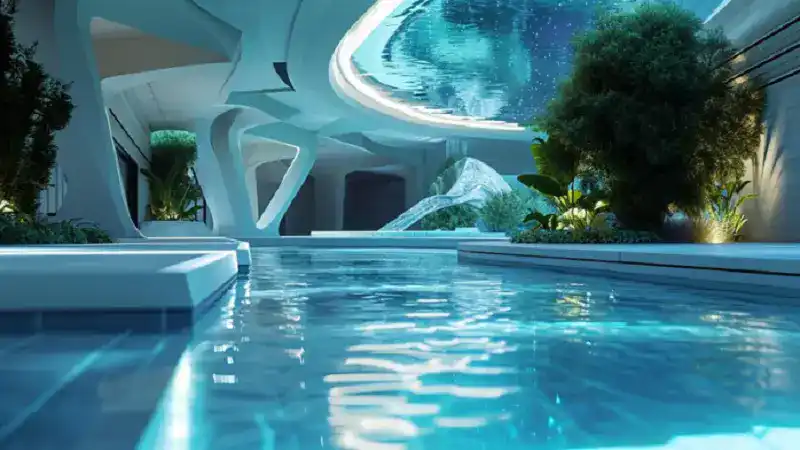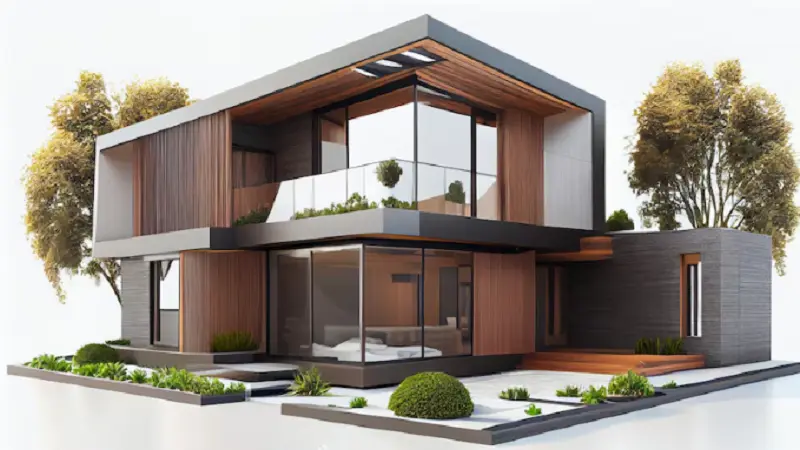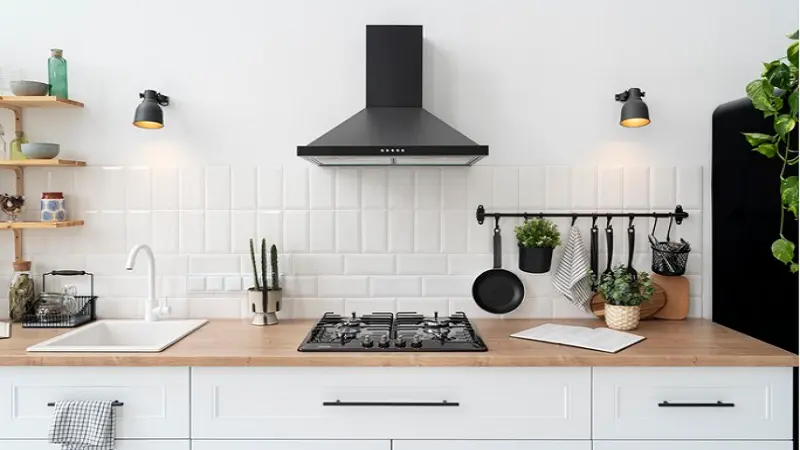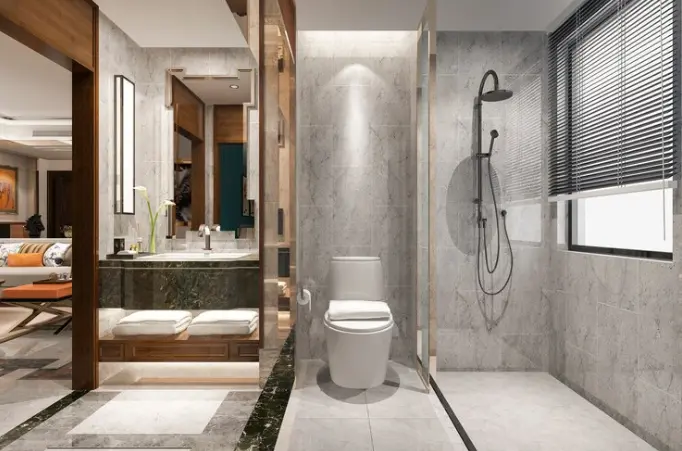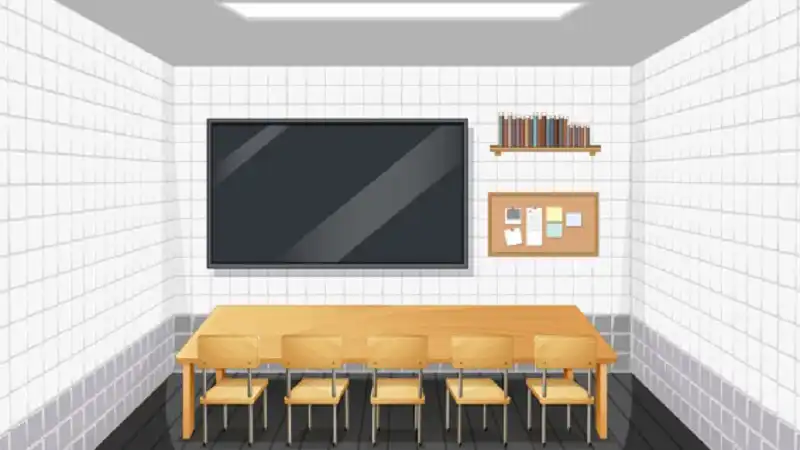Creating a media room that offers a true cinematic experience goes beyond simply installing a big screen and surround sound system. Integrating carefully designed lighting and advanced media technology is essential to truly immerse yourself in your favorite movies, shows, or video games. In this article, we’ll explore how to seamlessly integrate media rooms and lighting, transforming your space into the ultimate home theater.
The Importance of Media Room Design
A media room is more than just a place to watch TV – it’s a multifunctional space where the latest flat-screen TV technology and ambiance create a fully immersive experience. Whether you’re setting up a dedicated home theater or a flexible living space for entertainment, the right design choices are crucial to achieving that true “wow” factor.
The Balance of Comfort and Technology
To create a media room that balances comfort with cutting-edge technology, it’s essential to consider both the visual and auditory aspects, as well as how lighting plays into the overall design. Poor lighting can distract from the content on-screen, while the right lighting design can make your media room feel like a professional cinema.
Tip: The goal is to make the technology invisible during the experience. Smart integration of lighting and media devices can help you achieve a clean, streamlined space without the clutter of cables or visible equipment.
Lighting: The Unsung Hero of the Media Room
While advanced sound systems and high-definition visuals often take center stage in media room design, lighting is the unsung hero that enhances the overall experience. According to Naples-based Illuminated Lighting Design, the right lighting can control the mood, direct attention, and even improve the comfort of your eyes as you watch for long periods.
Layered Lighting for Depth and Functionality
To create a cinematic feel, it’s essential to layer your lighting. Layered lighting combines ambient, task, and accent lighting to ensure that your media room is both functional and visually appealing.
- Ambient lighting provides general illumination without overpowering the visuals. Recessed lighting or dimmable overhead fixtures are perfect for this.
- Task lighting focuses on specific areas, like pathways or seating, to enhance functionality and safety. Think of low-level lights along the floor or on the walls to guide movement without casting shadows on the screen.
- Accent lighting is where you can get creative, using LED strip lights or spotlights to add drama and depth to the room. This type of lighting can highlight artwork, shelves, or even the edges of the screen for a stylish effect.
Fun Fact: The dim lighting used in cinemas is specifically designed to reduce eye strain, allowing viewers to focus on the screen without distractions. You can replicate this in your media room by using soft, adjustable lighting to complement the visuals.
Smart Lighting Integration for Total Control
One of the most effective ways to integrate lighting into your media room is by using smart lighting systems. Smart lighting allows you to control every aspect of your room’s lighting from your smartphone, tablet, or even voice commands.
Creating Custom Lighting Scenes
A smart lighting system allows you to create custom “scenes” that adjust the room’s lighting to fit the activity. For example, you can set up a “movie night” scene that dims the ambient lighting, turns on subtle accent lights, and reduces any potential glare on the screen. Other scenes might include “game mode” or “intermission,” each with specific lighting settings that enhance the experience.
Tip: Pair your smart lighting system with a smart assistant like Amazon Alexa or Google Assistant for hands-free control. Imagine dimming the lights or changing the room’s mood lighting with a simple voice command while sitting on your couch!
Motion-Sensing Lighting for Convenience
Another feature to consider is motion-sensing lighting. This technology automatically activates task lighting when someone enters the room, providing added convenience during breaks or when people move around in the dark. You can set motion sensors to turn on low-level lighting without interrupting the movie-watching experience.
Tip: For ultimate integration, combine motion-sensing lighting with automated shading systems. When you enter the room, the lights come on, and the shades lower, setting the perfect stage for entertainment.
High-Tech Audio-Visual Systems: The Foundation of the Media Room
No media room is complete without a high-quality AV system. Seamlessly integrating your sound and visual components with your lighting will make your media room feel like a true cinema.
Choosing the Right Display
The heart of any media room is its display, and you’ll want to choose one that fits both your space and viewing habits. Some common options include:
- 4K OLED TVs for crisp visuals and deep blacks, perfect for rooms with some ambient light.
- Projectors for larger spaces where you want a true theater-like experience. Projectors work best in darker rooms, especially when paired with a high-quality screen.
Tip: If you opt for a projector, consider using motorized blackout shades to block out natural light, improving the contrast and sharpness of your display.
Surround Sound for Immersive Audio
While a large screen draws attention, surround sound is what creates a fully immersive experience. A 5.1 or 7.1 surround sound system places speakers strategically around the room to deliver clear audio from all angles. This can be enhanced with Dolby Atmos technology, which adds height channels for a more dynamic audio experience.
Fun Fact: Sound engineers often use audio cues to direct your attention in movies and games. With surround sound, you can hear footsteps behind you or explosions that seem to come from above, adding to the realism.
Seamless Integration: A Clutter-Free Experience
One of the challenges of creating a media room is managing the clutter that comes with cables, remotes, and devices. However, with the right planning, you can integrate all of your AV equipment and lighting into a seamless, clean design.
Wireless Solutions and Hidden Equipment
Opt for wireless speakers and equipment whenever possible to avoid unsightly cables. Additionally, consider custom cabinetry or hidden compartments to store your AV components out of sight. Media hubs can be installed in closets or cabinets with all wires concealed, leaving only the essential elements visible.
Tip: Ensure that all your devices, including your AV receiver, gaming console, and media player, are compatible with your smart home system. This allows for seamless control over your media room setup.
Designing with Flexibility in Mind
While your media room may primarily function as a home theater, it should also be flexible enough for other uses, such as gaming, music, or even social gatherings. Consider how your lighting and AV systems can adapt to different scenarios.
Multipurpose Use with Adjustable Settings
Design your media room to adapt to various forms of entertainment. Adjustable lighting and customizable sound profiles ensure that whether you’re watching a movie, playing a game, or hosting a party, your space can shift effortlessly between different modes.
Tip: Use modular furniture that can be rearranged to suit different events, whether you need a more relaxed setup for movie nights or a social layout for game days.
The key to creating the ultimate media room lies in the seamless integration of lighting and high-tech audio-visual solutions. By using smart lighting, layered designs, and cutting-edge AV equipment, you can elevate your home theater into a multifunctional entertainment space. Whether you’re watching the latest blockbuster or enjoying an intense gaming session, the right combination of technology and design will create an immersive experience that feels just like a trip to the movies – only better, because it’s right in your own home.
Ready to transform your space? Let the lights dim, the sound soar and the cinematic magic begin!
For more information visit this site https://travelbesto.net/
